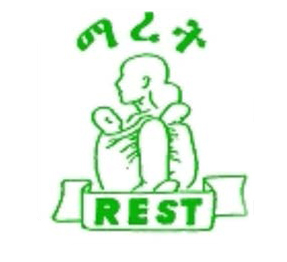Policy, strategy and Framework
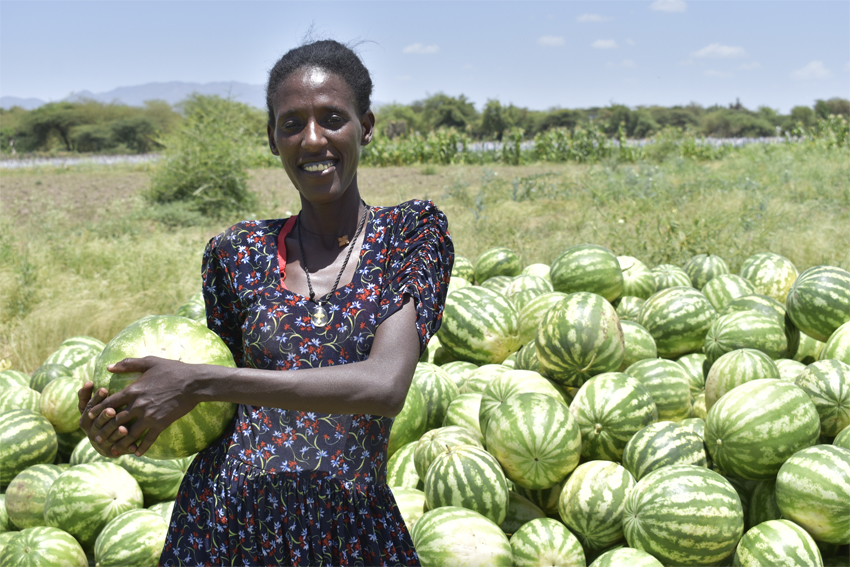
Policy Context and Operational Challenges
National Development Goals
Ethiopia aims to become a lower-middle-income country by 2025. To achieve this, the government’s plan (GTP II) focuses on:
- Maintaining high economic growth (around 11% annually)
- Rapid industrialization
- Broad-based development
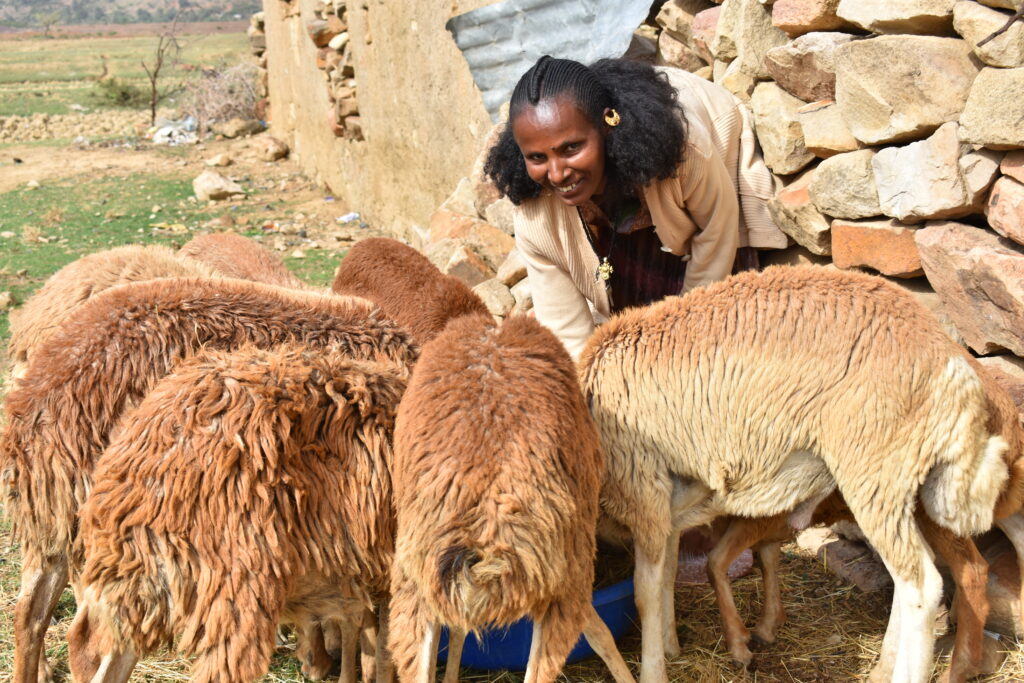
Key Strategies
- Economic Growth: Sustaining economic growth and reducing poverty.
- Productivity: Increasing productivity in agriculture and manufacturing.
- Private Sector: Empowering the domestic private sector.
- Infrastructure: Addressing infrastructure gaps, especially in energy and transportation.
- Urbanization: Managing rapid urbanization to promote growth.
- Human Development: Investing in education, health, and technology.
- Governance: Strengthening democratic and developmental governance.
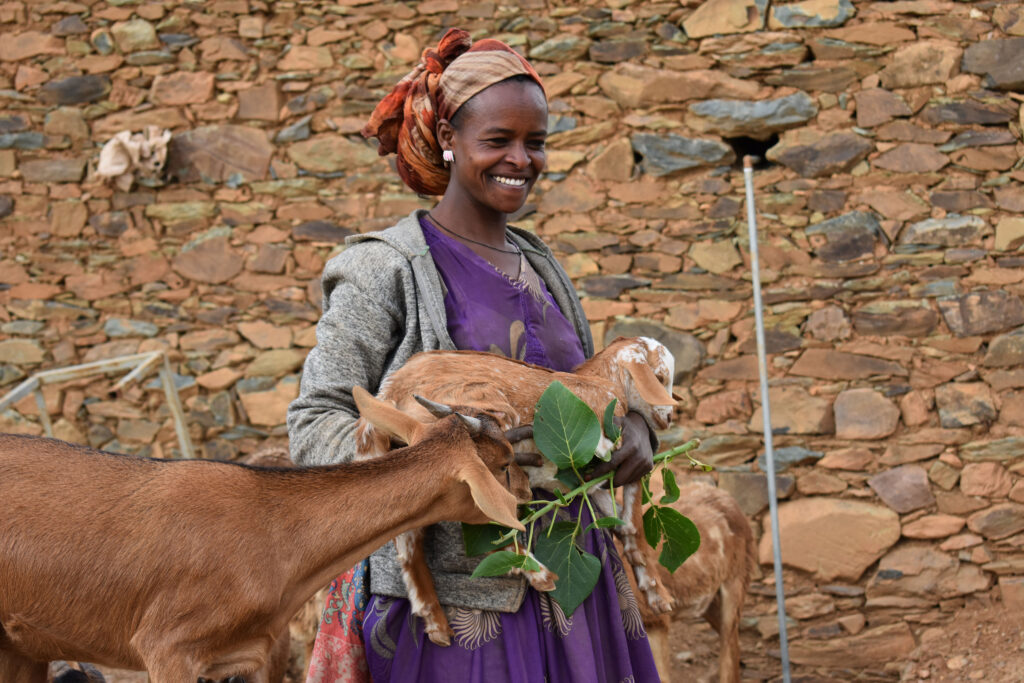
Tigray Regional Priorities
Tigray’s development plan aligns with national goals and emphasizes:
- Agriculture: Boosting agricultural production and marketability.
- Technology: Promoting technological advancements in agriculture and industry.
- Governance: Building strong and participatory governance.
- Women and Youth: Empowering women and youth for development.
- Climate Change: Building resilience against drought and climate change.
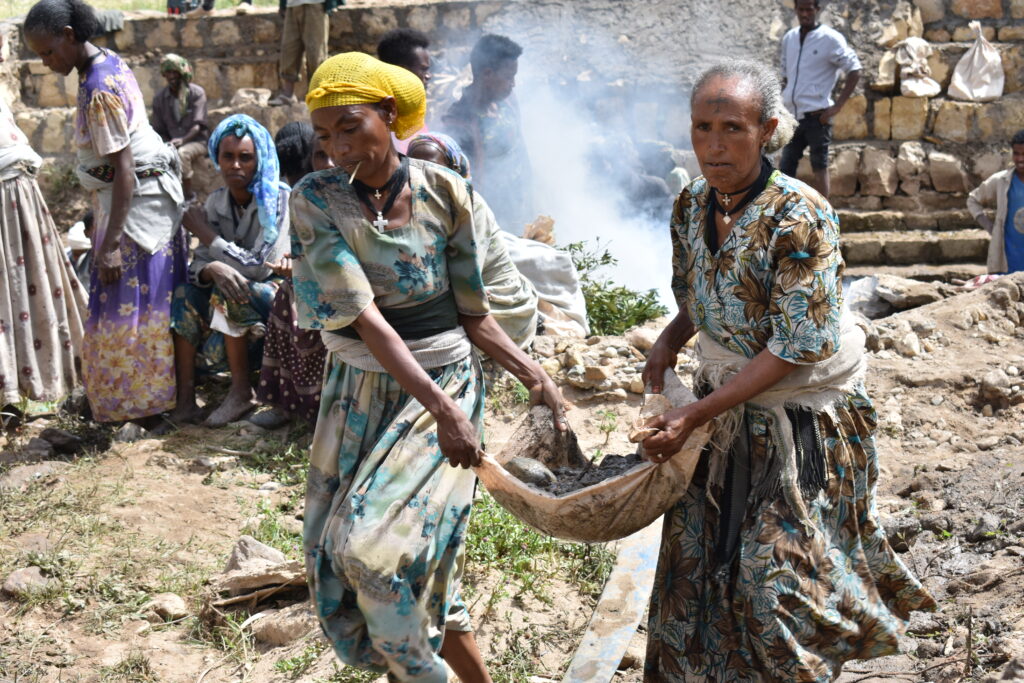
Alignment with National and Regional Policies
REST, a development organization, works within the framework of various policies, including:
- National Growth and Transformation Plan II
- Tigray Regional 5-year Strategic Plan
- National and Regional Policies on Disaster Risk Management and Climate Change
- National Productive Safety Net Programme
- National Nutrition Program and Strategy
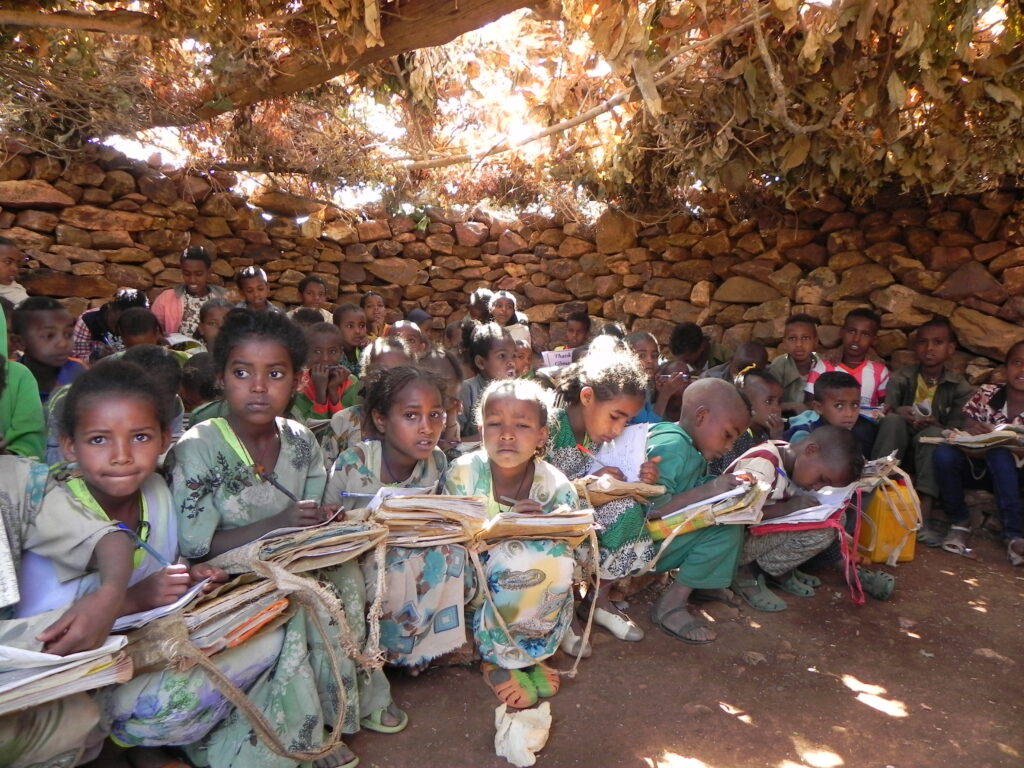
Operational Context: Challenges and Opportunities
Ethiopia has achieved significant economic growth and poverty reduction. However, challenges remain:
- Poverty: Chronic poverty, particularly in rural areas, persists.
- Food Security: Feeding a growing population and addressing food insecurity are ongoing issues.
- Climate Change: The region is prone to drought, making agriculture and livelihoods vulnerable.
- Education and Health: While access has improved, illiteracy and low educational attainment remain challenges. High child and maternal mortality rates persist.
- Agriculture: Traditional, small-scale farming methods lead to low productivity. Land scarcity and fragmentation further complicate this.
- Infrastructure and Diversification: Limited infrastructure and lack of economic diversification in rural areas constrain growth.
Focus on Women and Vulnerable Groups
Women, especially those heading households, are a significant target group for development interventions. REST focuses on areas with high levels of food insecurity and limited economic opportunities.
